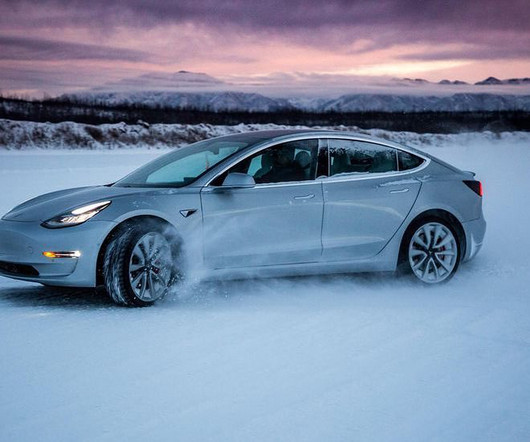Study finds that current approach to limiting wintertime pollution may initially backfire
Green Car Congress
MAY 10, 2019
The processes that create ozone pollution in the summer can also trigger the formation of wintertime air pollution, according to a new study from researchers at the University of Colorado Boulder and NOAA, in partnership with the University of Utah. A key control strategy is to reduce emissions of the limiting reagent.














Let's personalize your content